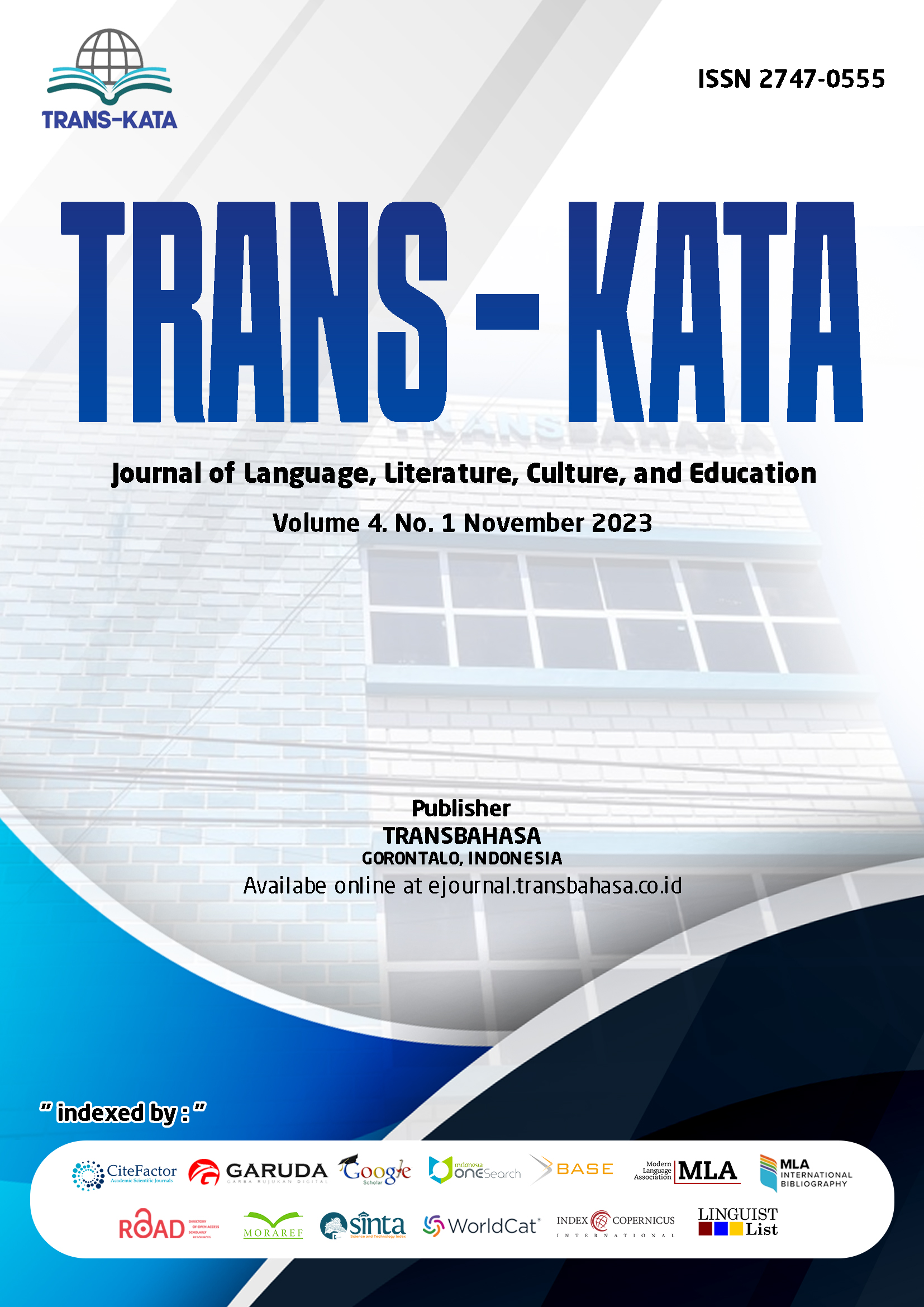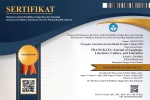Adverbs of Mobility: Usage Challenges Among Kri University Students
DOI:
https://doi.org/10.54923/jllce.v4i1.65Keywords:
adverbs of mobility, challenges, frequency, KRIAbstract
An adverb is used to indicate roughly how frequently a typical or usual action or event occurs. It is one of the fundamental English grammar structures that present challenges for students at KRI University. The aim of this paper was to investigate the challenges of the mobility of adverbs among KRI University students. The instrument used for data collection was the open-ended questionnaire created via a Google Form with a five-item structure shared with participants. SPSS version 21 software was used to analyze the data, which was deployed at five universities in KRI at the upper secondary level to evaluate how effectively the respondents used adverbs. The results were examined using simple percentages. Many of the respondents were found to often place adverbs in ways that led to illegible and unclear sentences. Additionally, some students were found to misuse classes of words, using one when they should use the other. Since adverbs cannot just be used in every sentence positions, the study concluded that adverbs and adverbials genuinely display restricted mobility occurring in just three positions: initial, middle and final. Accordingly, the result of the study of adverb movement depends largely on the adverb's subtype and nature which have a significant role in determining its mobility.
Downloads
References
Abdu, A. M., & Nagaratnam, R. P. (2011). Difficulties in teaching and learning grammar in an EFL context. International Journal of instruction, 4(2).
Ahaotu, O. J. (2013). A concise guide on English grammar and composition. Port Harcourt: M. & J Grand Orbit Communications Ltd.
Ahaotu, J. O. (2017). The impact of adverbial mobility on L2 English competence: A study on students of Emarid College, Port Harcourt. International Journal of Arts and Humanities, 6(4), 178-192. http://dx.doi. org/10/4314/ijah.v6i4.15
Ahaotu, J. (2022). Perceptions on Adverbial Mobility in TESOL: A Survey of English Language Teachers in Port Harcourt, Nigeria. Colomb. Appl. Linguistic. J., 24(1), pp. 23-37.
Bing, J. (1989). English Grammar in Context. New Jersey: Prentice-Hall Regents.
Celce-Murcia, M., & Larsen-Freeman, D. (1999). The Grammar Book: An ESL/EFL Teacher’s Course. Boston: Heinle & Heinle Publishers.
Ejele, P. E. (2003). Semantics, lexical structure and lexical relations. Aba: National Institute for Nigerian Languages.
Eko, E. (1987). Effective writing. Ibadan: Heinemann.
Greenbaum, S., & Nelson, G. (2009). An introduction to English grammar (3rd ed.). Pearson Education.
Gilquin, G. 2007. “To err is not all. What corpus and elicitation can reveal about the use of col-locations by learners”. Zeitschrift für Anglistik und Amerikanistik, 55(3), 273–291.
Hammer, J. (2005). How to teach English. England: Longman.
Hernández, M. S. (2006). The position of adverbs in English: Trying to solve a major problem most language learners usually face. Revista de Filología y Lingüística de la Universidad de Costa Rica, 271-285.
Huddleston, R. & Pullum, G. F. (2002). The Cambridge grammar of the English language. Cambridge: Cambridge University Press.
Leech, G. (1974). Semantics. Harmondsworth: Penguin.
Ndimele, O. -M. (2007a). An advanced English grammar and usage. Aba: National Institute for Nigerian Languages.
Ndimele, O. -M. 2007b (ed.). Convergence: English & Nigerian languages. Port Harcourt: Linguistic Association of Nigeria & M&J Grand Orbit Communications Ltd.
Ndimele, O. -M. (2008). Morphology & syntax. M & J grand Orbit Communications.
Okoh, N. (1995). To use or to abuse: words in English.
Okoh, N. (2010). Marrying grammar and composition to open doors. Pearl Publishers
Osborne, J. 2008. “Adverb placement in post-intermediate learner English: A contrastive study of learner corpora”. In G. Gilquin, Sz. Papp & M. B. Díez-Bedmar (Eds.), Linking up Contrastive and Learner Corpus Research. Amsterdam: Rodopi, 127–146.
Parrot, M. (2000). Grammar for English Language Teachers. Cambridge: Cambridge University Press.
Pérez-Paredes, P., Sánchez Hernández, P. &
Aguado, P. 2011. “The use of adverbial hedges in EAP students’ oral performance: A cross-language analysis”. In V. Bhatia, P. Sánchez Hernández & P. Pérez-Paredes (Eds.), Researching Specialized Languages. Amsterdam: John Benjamins, 95–114. DOI: 10.1075/scl.47
Pérez-Paredes, P. and Sánchez Tornel, M. (2014). Adverb use and language proficiency in young learners’ writing. International Journal of Corpus Linguistics, 19(2), 178-200.
Quansah, C., & Tetteh, U. S. (2017). An analysis of the use of adverbs and adverbial clauses in the sentences of junior high school pupils in the Ashanti Region of Ghana. British Journal of English Linguistics, 5(1), 44-57.
Quirk, R., & Greenbaum, S. (2000). A university grammar of English. Addison Wesley Longman.
Raimes, A. (2001). Grammar Trouble spots: An Editing Guide for Students. Cambridge: Cambridge University Press.
Rankin, T. 2010. “Advanced learner corpus data and grammar teaching: Adverb placement”. In M. C. Campoy-Cubillo, B. Bellés-Fortuño & L. Gea-Valor (Eds.), Corpus Based Approaches to English Language Teaching. London: Continuum, 205–215.
Shih, H. H. (2000, August). Compiling Taiwanese learner corpus of English. In International Journal of Computational Linguistics & Chinese Language Processing, Volume 5, Number 2, August 2000 (pp. 87-100).
Sinha, R. P. (2002). Current English grammar and usage with composition. Delhi: Oxford University Press.
Stageberg, N. C. (1971). An Introductory English Grammar. New York: Holt, Rinchart and Winston.
Downloads
Published
How to Cite
Issue
Section
License
Copyright (c) 2023 Zubair Hamad Muhi, Innocent Nasuk Dajang

This work is licensed under a Creative Commons Attribution-ShareAlike 4.0 International License.





